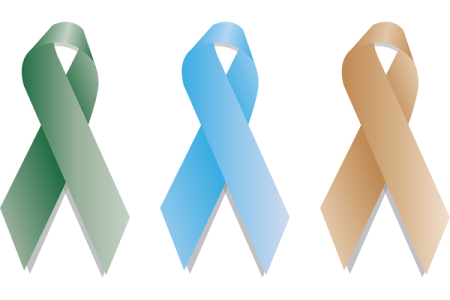
What is a female prostate: Do women have a prostate gland?
Women don’t have a prostate gland. Instead, females have small glands on the front side of the vagina and corresponding ducts. These are called “Skene’s glands” or “Skene’s ducts.” They are sometimes referred to as female prostate glands. This is the reason why this name has become popular.
Skene’s glands are considered analogous to male prostate gland because of many similarities with the prostate. One similarity is the presence of prostate-specific antigen (PSA) and PSA phosphatase (PSAP) in both the male prostate and the Skene’s glands.
These glands are named after Alexander Skene, M.D., a gynecologist who described them in a publication in 1880 for the first time. The glands are situated at the lower end of the female urethra, near the location of the controversial G-spot.
Skene’s glands produce a fluid that helps lubricate the urethral opening and may also possess antimicrobial properties to protect the urinary tract from infections.
Is female prostate cancer possible?
The question is that if the female’s skene’s glands and male prostate glands share similarities, can female also develop prostate cancer or any other similar cancer?
Cancer of the female prostate that is of skene;s gland is rare. According to a study, cancer of the Skene’s glands accounts for 0.003 percent of cancers in the female genital-urinary tract. There is a possibility of the cancer of a nearby organ, such as urethra, can extend to the Skene’s glands. The cancer of female prostate is also called adenocarcinoma of Skene’s gland.
Sometimes, cysts, inflammation and infections can occur in these glands and may be misdiagnosed as other urinary condition or disease. If a woman notices unexplained symptoms such as frequent urge of urination, painful urination, pain in the lower urinary tract, sexual dysfunction etc, she should meet her health care provider for a diagnosis and know if these glands are responsible for the problem.
What are the symptoms that indicate a problem with female prostate (skene’s glands)?
Since the cancer of these glands is rare, there are not a lot of clinical trials on it. Therefore, it is important to understand the symptoms of skene’s glands and their cancer. Some of them are listed here:
- Generally, the condition is asymptomatic and does not present any signs or symptoms, in particular, during the initial stages.
- Bleeding from urethra
- Pain during bleeding from the urethra
- Painful urination or difficulty in passing urine
- Sexual dysfunction
- Painful sexual intercourse
- Itching and burning sensation
- The carcinoma may appear more pigmented than the surrounding skin
- Anemia
Treatment of Skene’s gland cancer is relatively easy if the disease is detected in its initial stage. Early treatment can help prevent complications and metastasis of the malignant cells in the lymph nodes. You should contact a doctor immediately if you notice any symptoms listed above, though these symptoms can be found in many other urinary diseases. Your doctor will perform a diagnosis and tell you whether you have the cancer of skene’s glands or something else.






